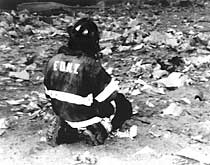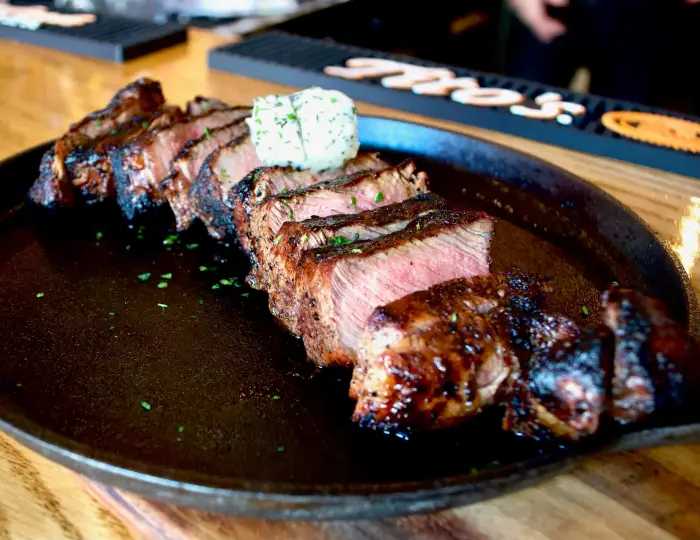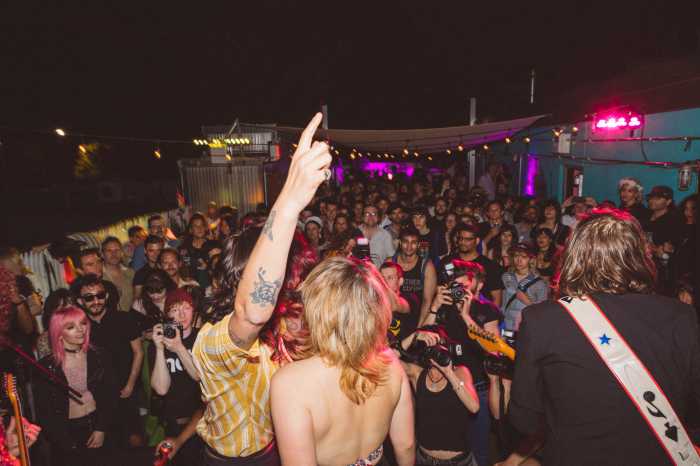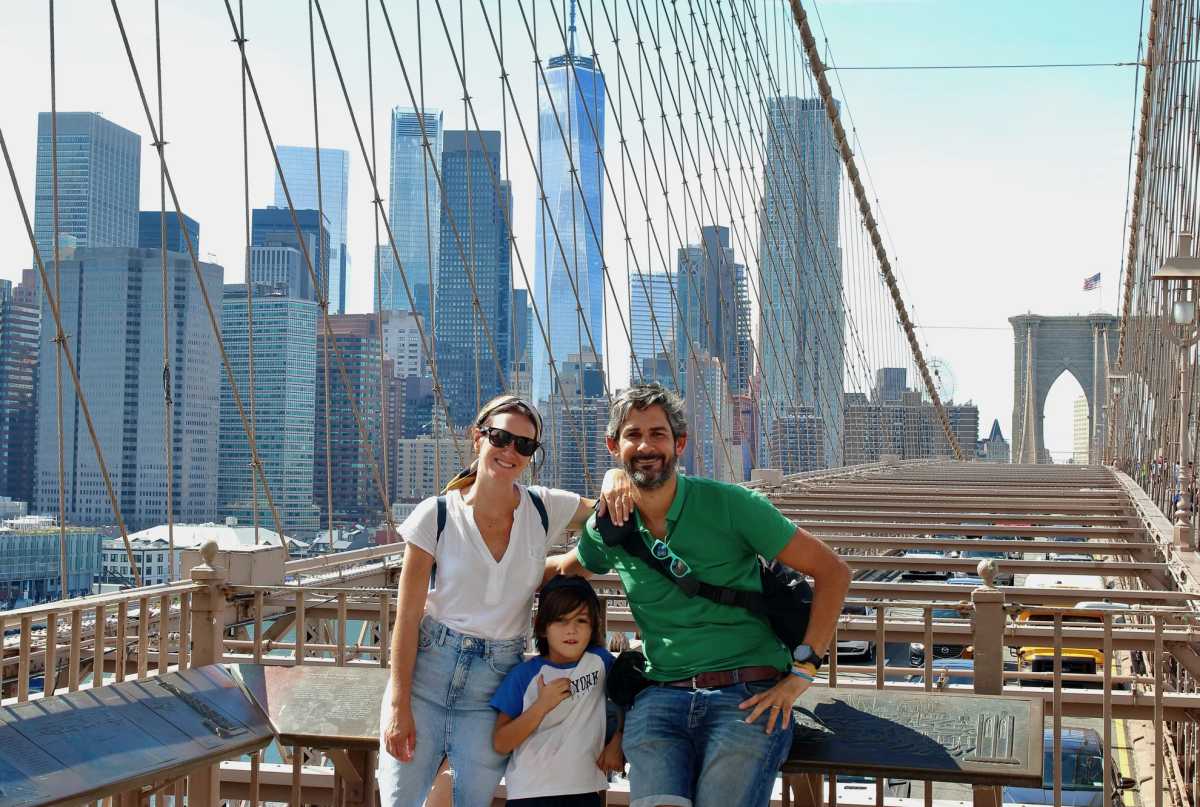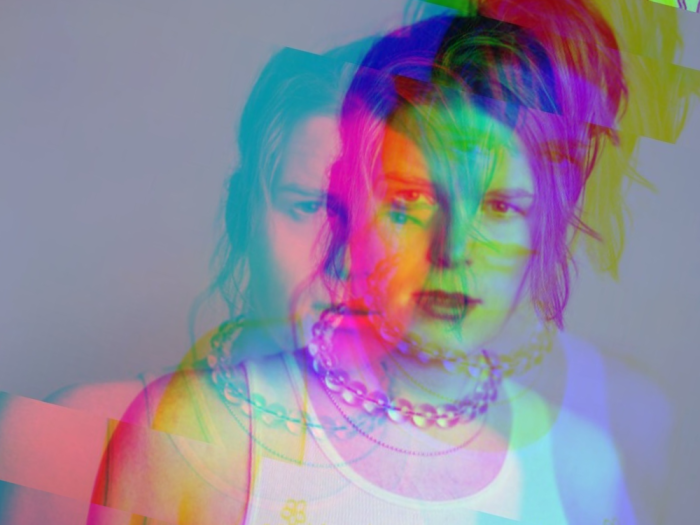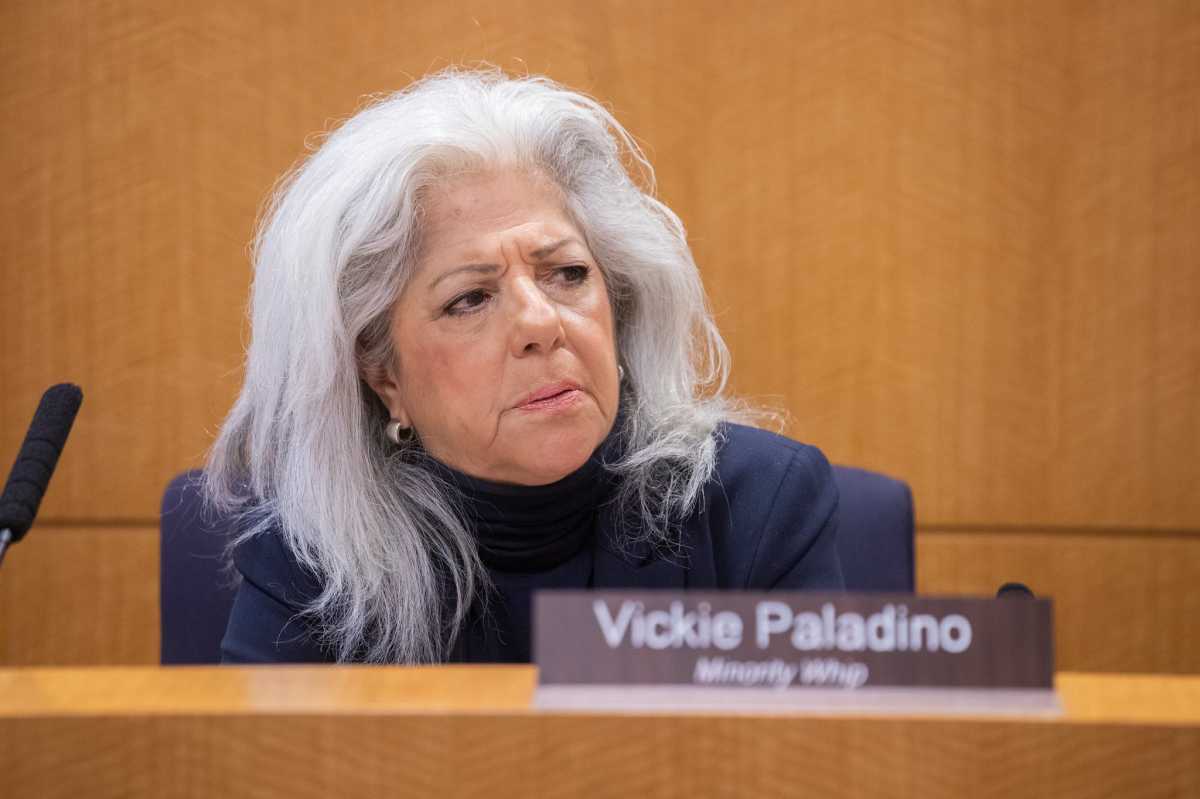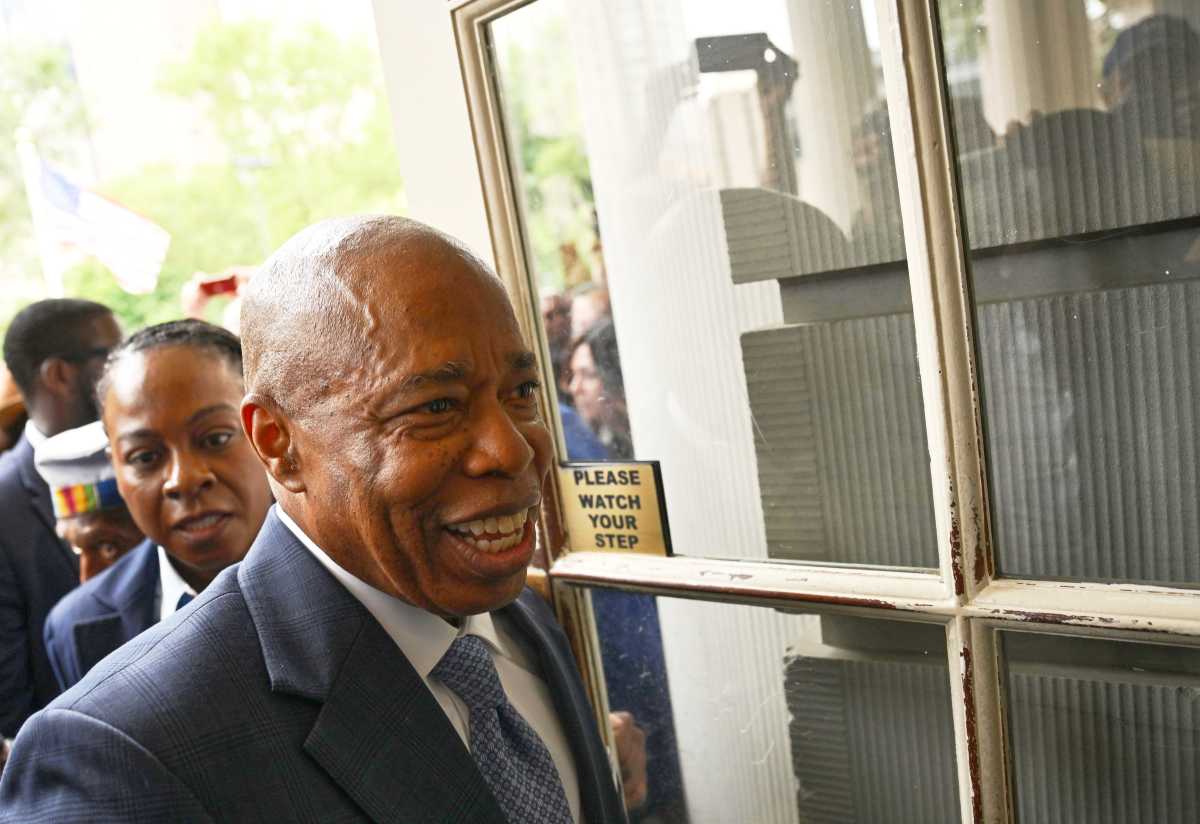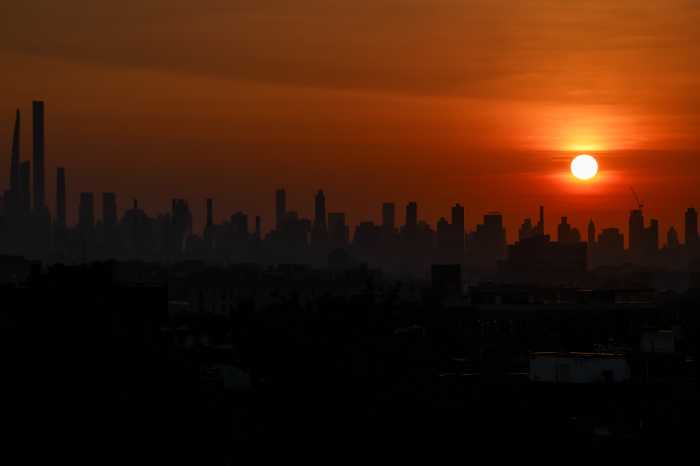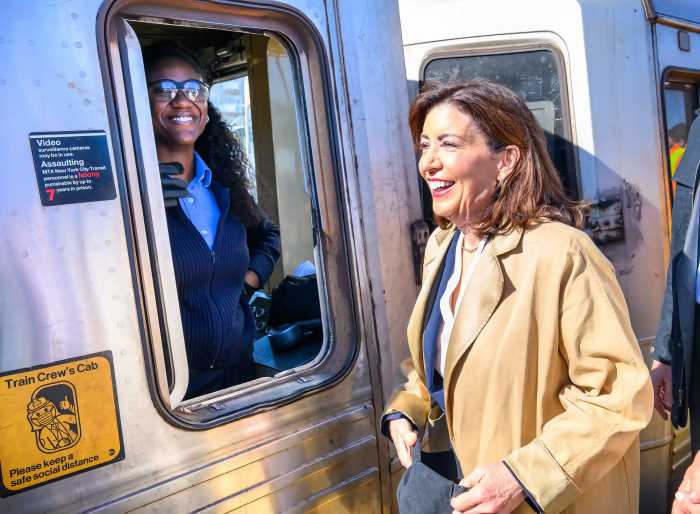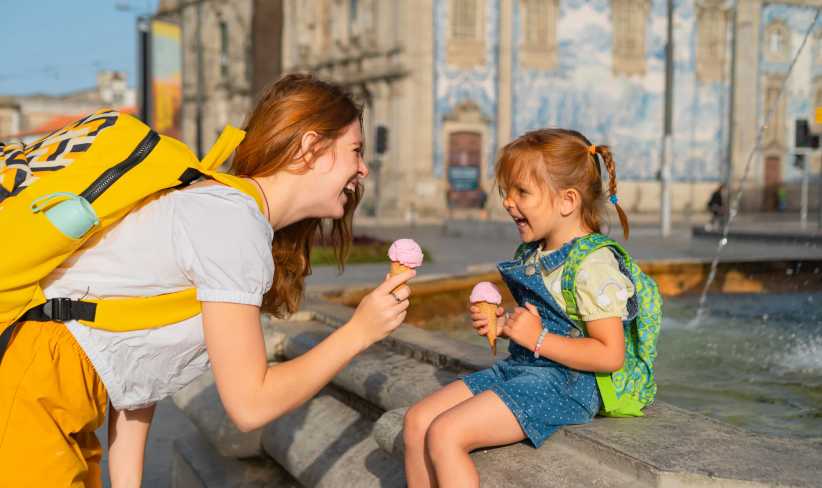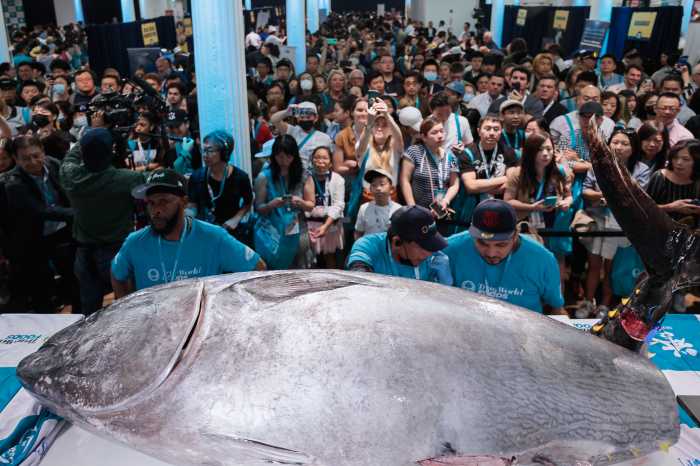News photographers are a special breed.
.
While most people run away from the scene of a disaster, they’re
running towards it.
A photographer who risks life and limb – and manages to come
away not only with images that convey information but also the
beauty and humanity that binds us all together – is an artist.
G.N. Miller has been snapping for the New York Post since 1994.
On Sept. 11, he had dropped his daughter off at school, gone
home and then "saw what I saw on television."
"Before the second plane hit, I got on the FDR," said
Miller. "But when I first looked at the explosion, I stood
in awe. I didn’t know what to do. I was thinking about my daughter,
Genna Noel. But I’m a retired detective from the police department
and started getting into my offensive mode. I did what I had
to do as a journalist."
The black-and-white photographs that Miller took on Sept. 11
and Sept. 12, caught the eye of many editors. They have been
published in the New Yorker and on the cover of the new book
"How Did This Happen? Terrorism and the New War" edited
by James Hoge and Gideon Rose.
Brooklyn Museum of Art photography curator Barbara Head Millstein
was so impressed by Miller’s photographs that she purchased 15
for the museum’s collection and has hung seven of them for a
special exhibit commemorating the anniversary of Sept. 11.
Miller, who was a Brooklyn South narcotics detective, said he
took more than 300 photographs on Sept. 11 and Sept. 12 at Ground
Zero, but "some didn’t come out because of the elements
and dust."
Millstein said that his photographs, shot with a digital camera,
are the best she has seen, in part because of that grit and dust.
"In the hands of a great artist with a good eye," the
digital photos are as museum-worthy as prints made from film,
said Millstein.
Miller must have known he had something special as he wasted
no time bringing them to the museum.
"He arrived on our doorstep almost immediately," said
Millstein. "He was pretty tired. I thought they were the
most powerful of the photographers’ works I was shown."
Millstein said Miller’s work "caught what that day was all
about for us. America suffered a terrible invasion, a rape."
She said she was offered color photographs by other photographers,
which emphasized the big blue sky on that morning.
"They don’t come as close to the coldness and shock that
black-and-white conveys," said Millstein. "Color makes
it into a movie." Millstein said his work’s power lies in
the grittiness a good street photographer can capture.
"My photographs are not graphic," said Miller. "Most
people tell me they look like artwork. There’s nothing wrong
with showing graphic elements and total disaster, but these photographs
don’t show that in the explicit sense but in a subtle, artistic
way."
Among Miller’s photographs is a portrait of one firefighter,
shot from behind, collapsed on his knees in the rubble. Another
shot shows a group of firefighters, seeing the wreckage for the
first time, with tears streaming down their faces. Another shows
the enormity of the disaster, the shards of buildings dwarfing
the comparatively small men. Another work captures these scrawled
words in the dusty wreckage: "America the Beautiful."
(Visitors to the museum are invited to write their thoughts about
Sept. 11 in books on a table across from the photography display.)
Miller’s photos document the living people who were struggling
to make sense of the destruction and murder and to make a difference.
"A lot of people got down there," he recalled. "Journalists
who risked their lives to help and to take photographs. I was
not the only one who got down there. But I took photos that were
pleasing to my eye without looking at the disaster – like a body
here and body there. That was being documented [by others].
"When I was walking around, I felt I was on hallowed ground,"
said Miller. "As an ex-police officer I asked myself, ’Am
I doing something wrong?’ But I had to document for future generations,
so they could see what I saw."
Miller, 44, was born in Brooklyn and grew up in the Gowanus Houses,
but credits his time out of the borough, visiting Florida and
South Carolina, with scenery that included "wheat and tobacco
fields and animals," as his inspiration to create art.
"That photographer is totally fearless," said Millstein.
"He went where angels fear to tread."
Photographs of Ground Zero by G.N. Miller
are on display in the rear lobby of the Brooklyn Museum of Art
(200 Eastern Parkway, (718) 638-5000] now through Oct. 14, 2002.
On Sept. 11, the BMA will waive admission. Throughout the month
of September, visitors are invited to share their feelings about
Sept. 11 by making entries in notebooks available by the rear
entrance.


